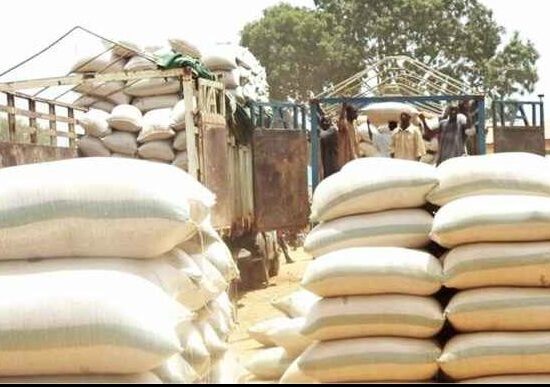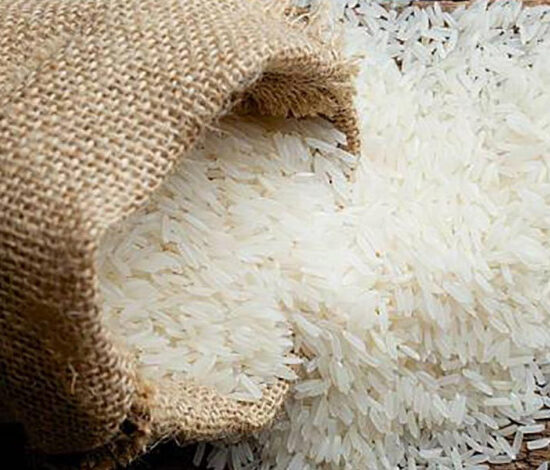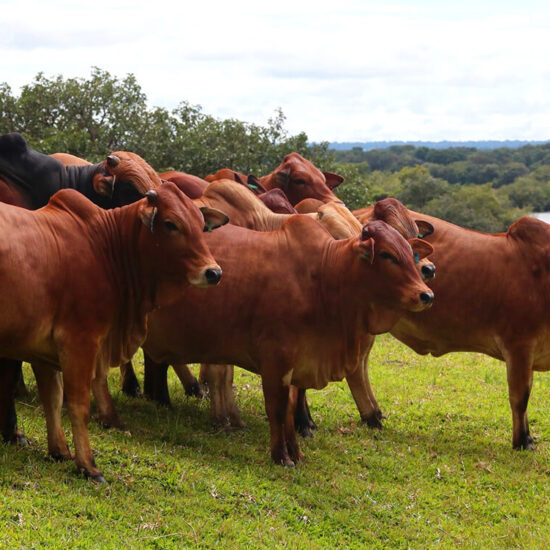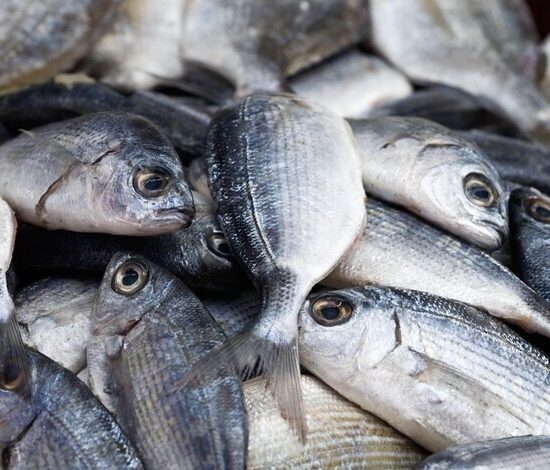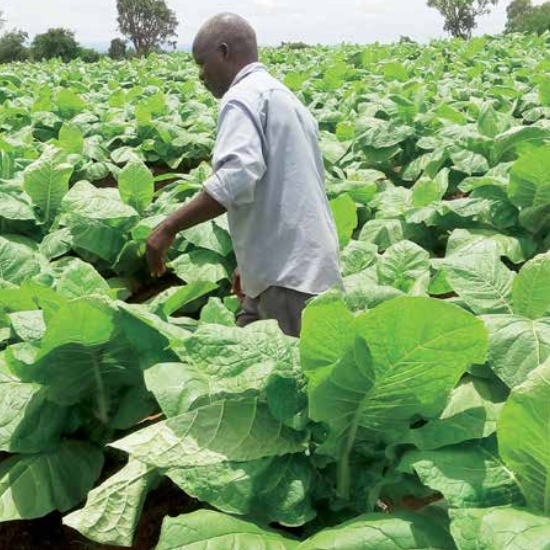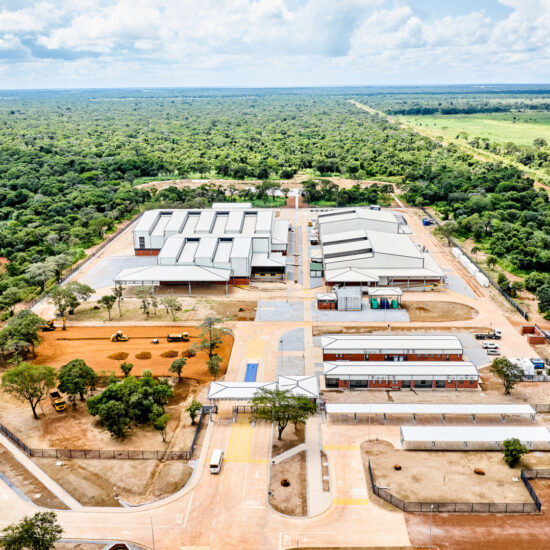
The Zambia National Farmers Union (ZNFU) has disclosed that the country is not self-sufficient when it comes to rice production and has an estimated deficit 35,000 metric tonnes per annum.
ZNFU Public Relations Manager Calvin Kaleyi said the production of rice in the country stands at about 50,000 metric tonnes which increased between 2002 and 2015 from 12,000 metric tonnes.
Speaking in an exclusive interview with the Zambian Business Times – ZBT, Kaleyi said the country was in deficit by 2017 and this has led to the importation of the commodity despite the country having the capacity to produce more.
He said the main hindrance is the production yield per hectare as farmers are still producing 1.4 metric tonnes per hectare, adding that if that can be increased to 3 metric tonnes per hectare, the country can attain self-sufficiency.
He also said old and traditional methods of producing rice, low mechanisation, broadcasting seed instead of precision planting, use of low yielding varieties, limited fertilizer application, limited weeding, poor water management and limited access to extension services are some of the challenges affecting rice production.
Kaleyi noted that farmers need more sensitisation on how to go about rice cultivation, how to identify the right variety for different areas and once such knowledge is availed, even those who have never grown rice may venture into rice production.
He said more investment should be made towards the production of tailored rice varieties, adding that there has been innovations where nerica upland rice that doesn’t require a lot of water has been promoted by the Japanese International Cooperation Agency (JICA) which has played a huge role in the increase of rice production.
“If you look at the dambos that we have, we can do a lot of rice production and close the deficit, if you go to areas such as Bangweulu, Luapula, all those areas can be used for rice production and unfortunately Luapula does not produce rice but if you look at the water masses and bodies that we have in Luapula, that can be used for rice production and we can do very well there”, he said.
He added that Western province has been producing rice, but further investment should be made to ensure that the quality and quantity of rice being produced improve. Western province alone has potential to expand rice production and help cut imports.
“If you look at some dambo areas in Luangwa, we can be producing rice there, Chama has been producing rice and we can make more investment there and increase production. Chama and Mongu small-scale farmers produce a lot of rice but Nakonde rice has some influence from Tanzania”, he said.
Kaleyi said the country still has huge opportunities and potential to produce more than what is being produced currently and be able to export the excess rice. He also noted that the inculcation of diversification and increased demand for rice has contributed to the continued increase in production.


